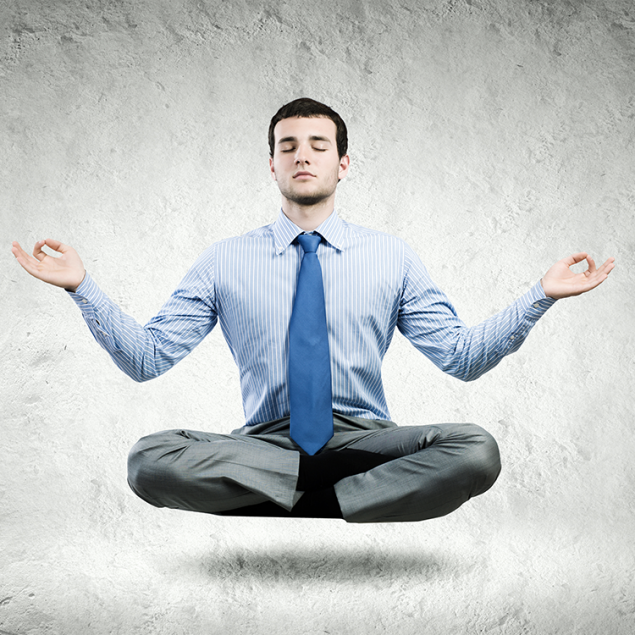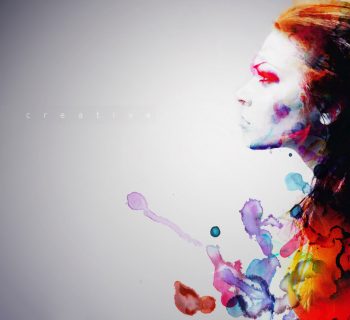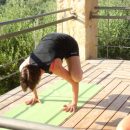Reiki is a Japanese energy therapy that promotes healing, relaxation and general well being. The word Reiki (pronounced 'ray-key') means 'universal life energy'. The 'ki' or life energy is the same as the 'chi' or 'qi' used in other Eastern healing and spiritual systems.
Reiki works by transferring energy from the practitioner to the recipient in order to balance mind, body and spirit, remove energy blockages and help the body to heal itself. This is done by the laying on of hands, though the hands do not always need to be in direct contact with the person being treated. Holding the hands a couple of inches away is also effective.
The Discovery Of Reiki
Many people believe that the practice of Reiki is thousands of years old, though the knowledge to use it was lost for a long time. However, in the 1870s Dr Mikao Usui, a Japanese doctor and teacher, rediscovered the connection to the universal energy and began to study how it could be used. He discovered that there were sounds and symbols that could enhance the channeling of the energy and became empowered to use the sounds and symbols through a metaphysical experience. He began to teach these techniques to others and continued to do so until his death in 1893.
This teaching was enhanced by one of his students, Dr Chujiro Hayashi who developed a clinical practice in Reiki. He tried treatments of various ailments and recorded his findings. Through this, he developed the use of hand positions to promote healing in different parts of the body. These hand positions are still used in Reiki treatments today. There are slight variations in hand positions depending on the school of Reiki that is taught.
Reiki Goes West
So how did Reiki make its way to the west? Mrs Hawayo Takata, a Hawaiian woman of Japanese origin, went to Japan for medical treatment in the 1930s. However, instead before receiving traditional medical treatment, she heard a voice that said 'this treatment is not necessary'. She searched for another method of healing, found Dr Hayashi's clinic and was cured of emphysema and gallstones. Impressed, she asked whether she could learn Reiki and after several years, was inducted as the last Reiki master taught by Dr Hayashi. Mrs Takata returned to the West and began to teach Reiki, training 22 Reiki masters before her death in 1980. These masters trained others in turn and it is now estimated that there are hundreds of thousands of Reiki practitioners around the world.
Today, Reiki is taught around the world and variations in teaching have developed as time has passed. The Usui system taught by Mrs Takata has given rise to many other Western forms, including the Radiance Technique, while in Japan, the discovery of notebooks from Dr Hayashi has shed new light on what was principally an oral tradition.
Reiki Attunements
All of us are born with the ability to channel this universal energy. The trouble is that we forget how to do it and our ability may be limited. In the Western Usui tradition of Reiki, there are three attunements. Level I makes it possible for you to feel and channel the energy. Students learn how to use Reiki to treat themselves and others. They also learn about the history of Reiki and the principles of Reiki. Level 2 introduces some further attunements to enhance the use of the energy and increase the range at which students can treat others. Level 3 includes a final attunement and is principally taken by those who intend to teach Reiki.
Reiki Treatments – What To Expect
In preparing for Reiki treatments, both those treating and those being treated should remove watches and jewelry, as these can impair the flow of energy. It is not necessary to remove clothing. The Reiki practitioner will place hands on or above various positions on the head, chest, abdomen and back, either to treat specific conditions or to promote general well being. A full Reiki treatment may take between 45 minutes and an hour, though the treatment length can be adjusted as needed.
Benefits Of Reiki
The practice of Reiki has benefits for both the practitioner and the recipient. Practitioners who use Reiki daily may feel happier and more balanced. Giving Reiki treatments enhances this sense of well being. Those who receive Reiki treatments may feel less stressed and may enjoy a sense of relaxation and well being. Reiki has been used successfully to treat both minor and major ailments and is beneficial in addressing emotional issues. It should be noted that it is always wise to seek proper medical advice for serious conditions. The most wonderful thing about Reiki is that anyone can do it. Once you have received a Level I attunement, the Reiki channel is open forever.
Sharon Hurley Hall








